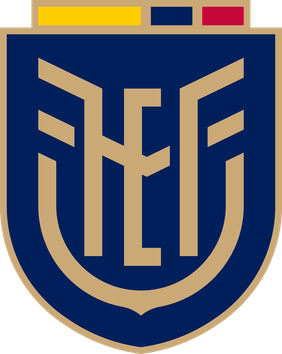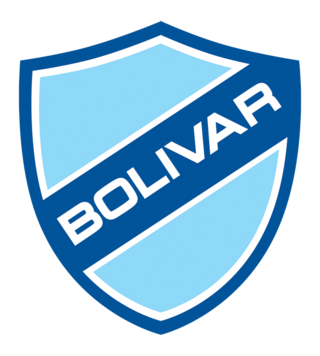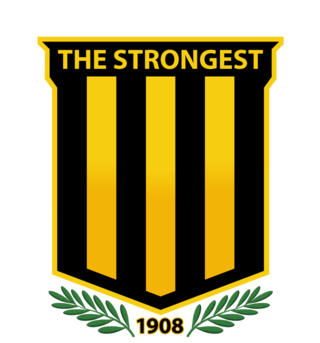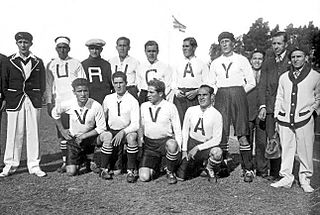
The 1930 FIFA World Cup was the inaugural FIFA World Cup, the world championship for men's national football teams. It took place in Uruguay from 13 to 30 July 1930. FIFA, football's international governing body, selected Uruguay as the host nation, as the country would be celebrating the centenary of its first constitution and the Uruguay national football team had retained their football title at the 1928 Summer Olympics. All matches were played in the Uruguayan capital, Montevideo, the majority at the purpose built Estadio Centenario.

The Chile national football team, nicknamed La Roja, represents Chile in men's international football competitions and is controlled by the Federación de Fútbol de Chile which was established in 1895. Chile has appeared in nine World Cup tournaments and were hosts of the 1962 FIFA World Cup where they finished in third place, the highest position the country has ever achieved in the World Cup.

The Bolivia national football team, nicknamed La Verde, has represented Bolivia in men's international football since 1926. Organized by the Bolivian Football Federation (FBF), it is one of the ten members of FIFA's South American Football Confederation (CONMEBOL).

The Ecuador national football team, nicknamed La Tricolor, represents Ecuador in men's international football and is controlled by the Ecuadorian Football Federation (FEF). They joined FIFA in 1926 and CONMEBOL a year later.
Joaquín Botero Vaca is a Bolivian former professional footballer who played as a striker.

Estadio Hernando Siles is a multi-purpose stadium in La Paz, Bolivia. It is the country's largest stadium, with a capacity of 41,143 seats. It is named after Hernando Siles Reyes, the 31st President of Bolivia (1926–1930). Its biggest attendance was in 1989 during the match between The Strongest and Destroyers, with 52494 fans in attendance.

Club Bolívar is a Bolivian professional football club that currently plays in the Bolivian Primera División. Founded in 1925 in honor of military leader Simón Bolívar, the club has used light blue kits throughout its history, which is why it is nicknamed "Celeste".

Club The Strongest is a Bolivian professional football club based in La Paz, that currently plays in the Bolivian Primera División.

João Coelho Neto, known more commonly as Preguinho, was a Brazilian footballer who played as a striker.

Renato Soares de Oliveira Augusto is a Brazilian professional footballer who plays as a midfielder for Campeonato Brasileiro Série A club Fluminense. From 2011 to 2018, he played for the Brazil national team, scoring six goals in thirty-two appearances.
Ulises Saucedo was a Bolivian football coach and referee. He coached the Bolivia national team during the first FIFA World Cup in Uruguay in 1930, and also acted as a referee during the tournament.
The Bolivia women's national football team represents Bolivia in international women's football and is controlled by the Federación Boliviana de Fútbol. Bolivia has never qualified for a World Cup and has been always eliminated in the Group Stage in the Sudamericano Femenino. Also, most of Bolivia's matches are at Sudamericano Femenino or Bolivarian Games.

Association football is the most popular sport in Bolivia, where the first modern set of rules for the sport were established in 1923, which were a major influence on the development of the modern laws of the game. Bolivia has over 2,000 football clubs.

Diógenes Lara was a Bolivian footballer who played as a midfielder. He was also a lieutenant in the Bolivian army.

Rafael Méndez Claure was a Bolivian footballer who played as a forward.
Eduardo Reyes Ortiz Velasco was a Bolivian football forward.

Jorge Luis Valderrama was a Bolivian football midfielder.

Alex Renato Ibarra Mina is an Ecuadorian professional footballer who plays for Ecuadorian club Independiente del Valle.
This is a record of Bolivia's results at the FIFA World Cup.
Luis Renato Panay Pérez, known as Renato Panay, was a Chilean football manager.













